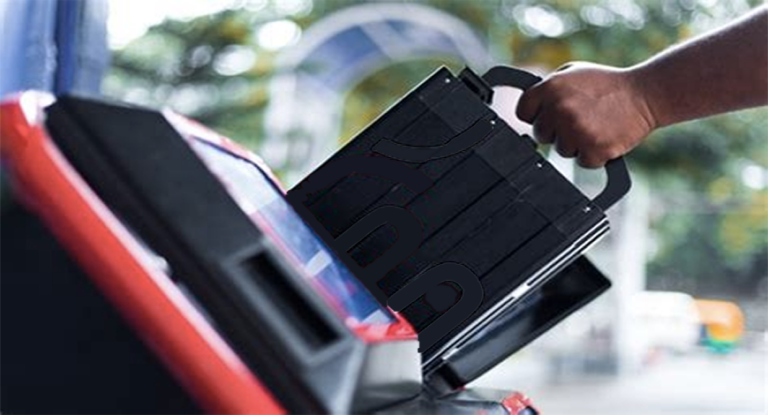India aims to accomplish net-zero emissions latest by 2070. This herculean feat can be achieved only when the country of 1.38 Bn people attempts to de-carbonise the transportation system. That is exactly where electric vehicles step in with a promise of cleaner mobility. Over the last few years, EVs have been gaining slow but steady growth in the Indian automotive market. But after India’s commitment to COP-26, all eyes have turned toward the transition towards EVs in India.
Today, one can witness the ongoing e-mobility revolution gathering pace on the Indian roads.
Metro cities like New Delhi and Kolkata have granted permission for electronic and smoke-free buses, bringing new hopes for cleaner and greener public transportation. Amidst several adaptations and policy reforms, the battery swapping policy announced by the Honourable Finance Minister of India (Smt. Nirmala Sitharaman) has attracted considerable interest around the globe.
Latest policy reform proposed by India to promote e-mobility and its challenges
In view of the space constraints in India, the GoI has decided to introduce an EV battery swapping policy to encourage the switch to EVs. But experts believe this policy will ruffle a few features and pose challenges before doing some good. Battery swapping has till date mostly been a closed loop model wherein the EV OEM has also provided the Battery swapping network.
However, to bring in interoperability will require alignment of OEMs and various other EV ecosystem player to come up with standardisation of batteries and ensure regulation for safe usage across different vehicle brands.
Opportunity for plug-in charging
The Government is putting in efforts to improve and enhance the sustainability of the charging infrastructure to boost e-mobility in India. At the same time, vehicle safety has emerged has risen in prominence with multiple incidents of electric vehicles catching fire in recent times. These incidents has especially brough EV batteries and their management into the limelight. Plug-in charging already benefits from existing interoperability and standardisation, giving it a greater scope for offering a safe EV charging experience. If the new battery swapping policy is able to create a similar standardisation among battery technologies across different EV players, then safety becomes a key factor in ensuring the rapid adoption of this mode of EV charging.
At present, the EV charging infrastructure development requires a humongous budget. In case the GoI permits interoperability, the plug-in business model can bring down the initial set-up cost, making EVs feasible for potential buyers. The policy is attractive for plug-in charging players as they can help EV users charge their vehicles and swap batteries (which are easily charged at the charging stations). This could lead to innovative service models and quality plug-in charging players that prioritise safety & customer experience and complement the networks as they are more likely to be present in locations where EV users would go.
In conclusion
The opportunity for creating a nation-wide, readily accessible EV charging infrastructure is so massive that it will require multiple solutions to address this need. The proposed battery swapping policy can lead to new business models emerging from India that combine plug-in charging and battery swapping, making India a hub for innovation and leading the way for other countries.

